
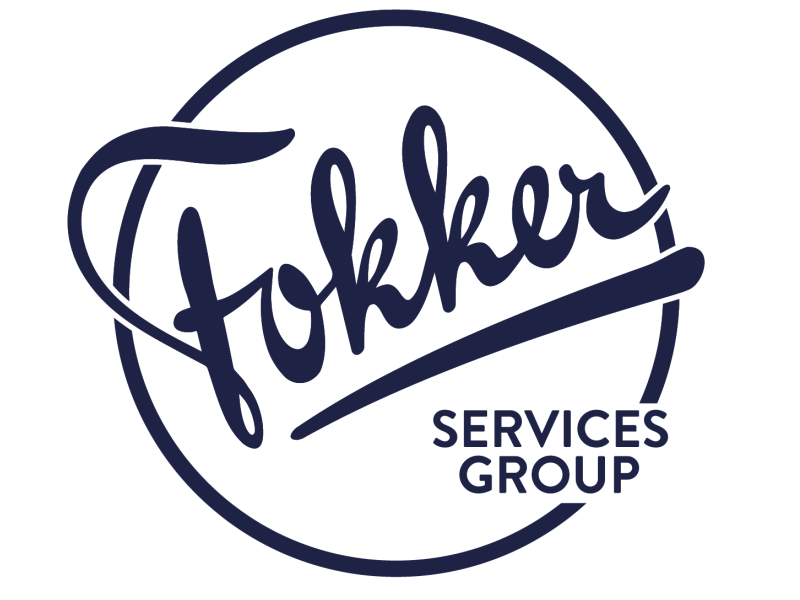
Modifications (62)
Localizer Performance with Vertical Guidance (LPV) from Fokker Services
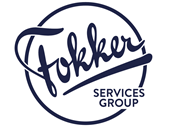
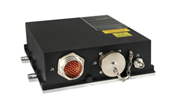

LPV, short for Localizer Performance with Vertical Guidance, enables flight crews to fly an approach similar to the ILS CAT 1 minima, with the benefit of not requiring ground-based landing aids. Instead, a LPV approach makes use of a Space-Based Augmentation System known as SBAS.
The Space-Based Augmentation System is available in several high traffic regions in the world, including WAAS (U.S.) and EGNOS (Europe). As of December 2020, all instrument runways ending with a non-precision approach (NPA) within Europe must have an approach based on LNAV/VNAV or LPV.
CPDLC (Controller Pilot Data Link Communication) in the Boeing 737

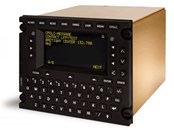
CPDLC (Controller Pilot Data Link Communication) is an air/ground data link that enables the exchange of text messages between controllers and pilots. CPDLC complements traditional voice communications, providing pilots and controllers with an additional communications medium. In this way CPDLC improves the safety and efficiency of air traffic management by introducing data link services for the single European sky. The European mandate for this modification is February 2020.
SBAS / GNSS Aircraft Integration by Fokker Services

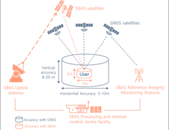

Global Navigation Satellite System (GNSS) refers to a constellation of satellites providing signals from space that transmit positioning and timing data to GNSS receivers. The receivers then use this data to determine position, altitude, time, and velocity. This performance can be improved by regional satellite-based augmentation systems (SBAS).
SBAS improves the accuracy and reliability of GPS information by correcting signal measurement errors and by providing information about the integrity of its signals. SBAS is essential for applications where accuracy and integrity are critical. SBAS is a key enabler of Performance Based Navigation (PBN) usage for Automatic Dependent Surveillance-Broadcast (ADS-B) and Localizer Performance with Vertical Guidance (LPV).
ADS-B Out


Automatic Dependent Surveillance-Broadcast or ADS-B Out as it is known, is a new Air Traffic Control technique for aircraft in both Non-Radar and Radar Airspace. Guiding aircraft to their destination in a safer more efficient way.
ADS-B is a means by which aircraft, aerodrome vehicles and other objects can automatically transmit and receive data. Identifying themselves and their position via a data-link. This user friendly broadcast mode keeps communication lines open, informing people on the ground and in the air of real time developments. ADS-B out is the first step and will only send data from the aircraft.
Non-reliant on external input the ADS-B Out is automatic, depending solely on existing on-board transmission services to provide surveillance information to other users.
To view the ADS-B Out Webpage, please check: https://www.fokkerservices.com/services/aircraft-modifications/ads-b-out
Underwater Locator Device - ULD - Fokker Services


Events related to aircraft missing over oceanic areas have led to several new requirements, amongst which is the introduction of a long-range Underwater Locator Device (ULD).
The ULD low frequency (8.8kHz) technology is used to increase the range at which aircraft submerged wreckage can be located.
It will be mounted on the aircraft structure free of sound absorbent materials and not in wing sections or empennage. The installation is in accordance with ARINC specification 667, which describes the removal, installation and maintenance aspects of an ULD installation.
Note that the ULD is not to be confused with the Underwater Locator Beacons (ULB) as installed on the CVR and FDRs. The ULD is complementary to the ULB and is mounted to the aircraft structure.
ICAO states that by January 1st 2018 aircrafts flying long range over water with a MTOW>27.000 kg must be equipped with an ULD. Long range over water is determined by the exceedance of the distance from a suitable emergency landing spot. The distance corresponds to 120 min at cruise speed or 400NM whichever is the lesser.
EASA states that by January 1st 2019 Passenger aircraft flying long range over water with a MTOW>27.000 kg and cargo aircraft with MTOW > 45.500kg must be equipped with an ULD. Long range over water is determined by a distance >180 NM from shore.
CARS 121 MOS 11.64 states that aircraft with a MTOW>27.000 kg carrying a life raft should have an ULD by December 2, 2023.
Other authorities have accepted similar rules.
Contact Fokker Services for other aircaft types.
EFB Solution for iPad® (EASA and FAA Certified)

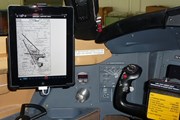
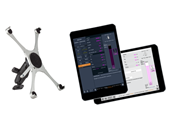
FAA: ST03700NYEASA: 10046185FAA STC EFB 737 ST03939NY
Fokker Services has joined forces with Navtech, Jepessen and Dynamicsource AB, leading providers of flight operations solutions, and developed an EFB solution for iPad® installation that may revolutionize the way we navigate our skies. Technology moves quickly, and at Fokker Services it is our policy to stay ahead of the game. We design and launch more than 300 aircraft modifications every year, believing that even an already functioning product can be improved on. In recent years Apple has captured the hearts of the consumer with their innovative thinking, whilst Navtech represent quality and credibility within the aviation industry. Combined with the history and experience at Fokker, the development of such an innovative yet simple solution felt like a natural progression. Service providers today are under a lot of pressure to meet growing demands. Products must be efficient, safe, cost effective, user and environmentally friendly; Our EFB installation is ticking all the boxes and is available for most aircraft types, including Airbus, Boeing, ATR, Bombardier Challenger & CRJ Family, Embraer, Fokker and others.
Over 1300 installations and upgrades have been ordered
Traffic alert and Collision Avoidance System (TCAS) 7.1

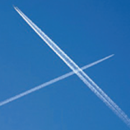
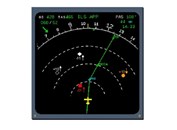
The Traffic alert and Collision Avoidance System (TCAS) has been introduced in order to reduce the risk of mid-air collisions or near mid-air collisions between aircraft. When TCAS II version 7.1 is implemented the probability of mid-air collisions will be reduced significantly. *
The introduction of TCAS change 7.1 software is available for Fokker 50, Fokker 70 and Fokker 100 aircraft as well as for other types of aircraft like Airbus A318, A319, A320, A321, Boeing 737 series, 757, 767, Bombardier Dash 8 and CRJ. (* source: www.eurocontrol.int)
Upgrade TCAS 7.0 (TPA 81A) to 7.1 (TPA 100B) on Boeing 737

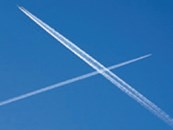
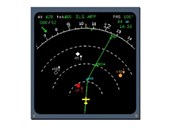
Upgrade TCAS 7.0 (TPA 81A) to 7.1 (TPA 100B) on Boeing 737 to comply with rule making like to Part 121 of the CASR 1998 of the CASA
Upgrade of TCAS to V7.1 on Boeing 737

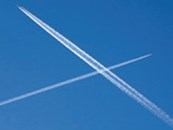
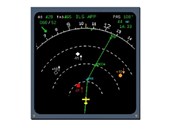
Supplemental Type Certificate
10051300 REV. 2
Upgrade of TCAS to V7.1 on Boeing 737
Bombardier CRJ Passenger to VIP conversions, Business Aircraft Cabin

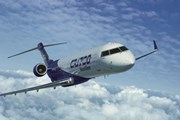
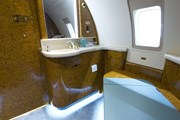
Conversion of Bombardier CRJ's into fully customized VIP Aircraft. Partial modification up until fully customized designs, conversions and liveries available. Please contact us with your requirements, ideas and questions!

